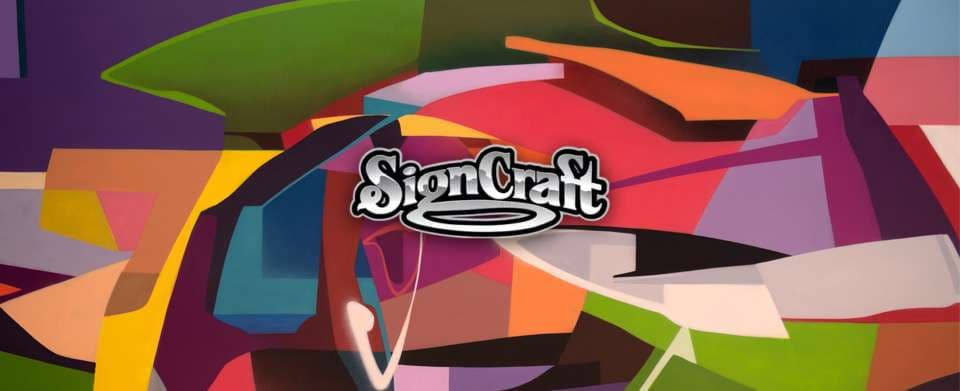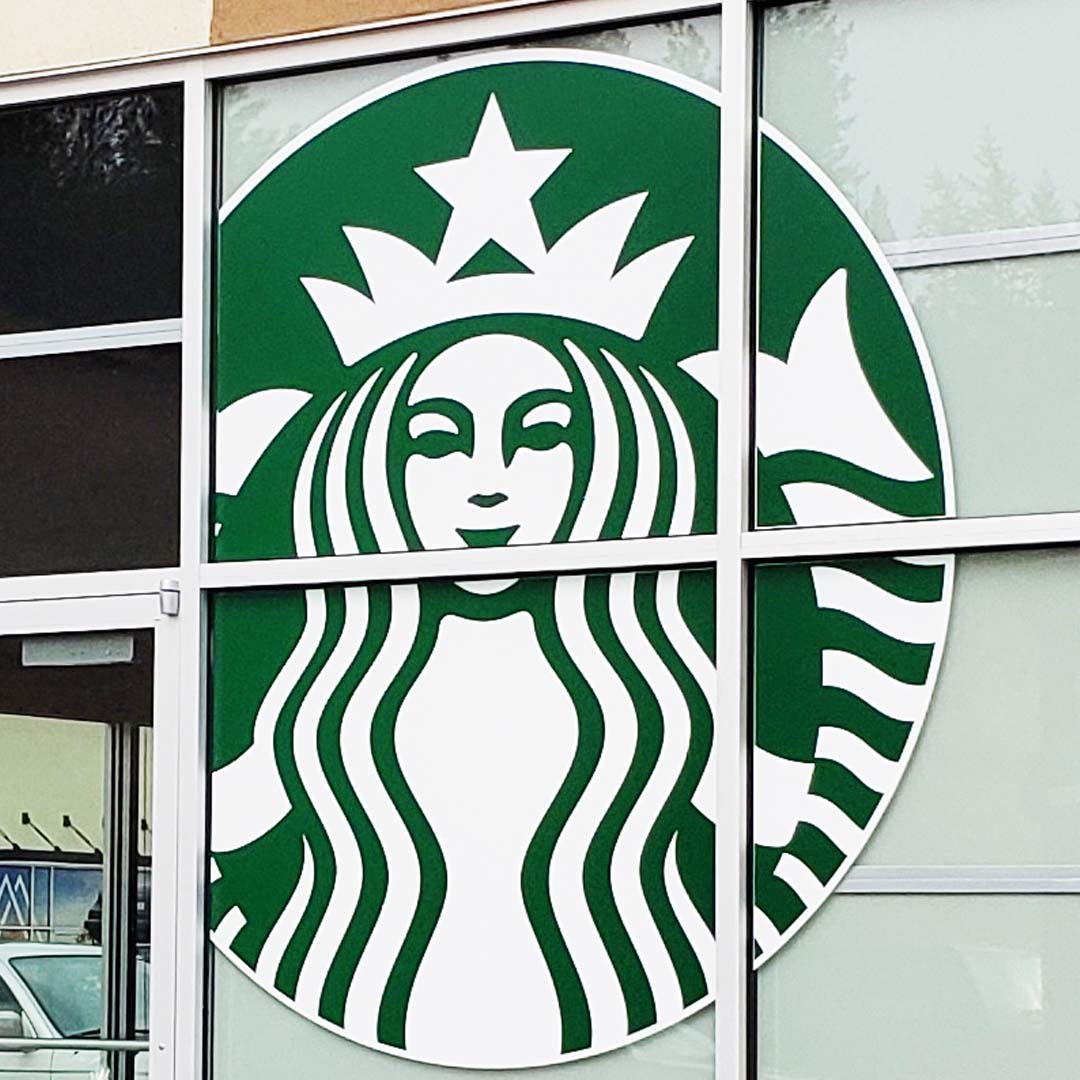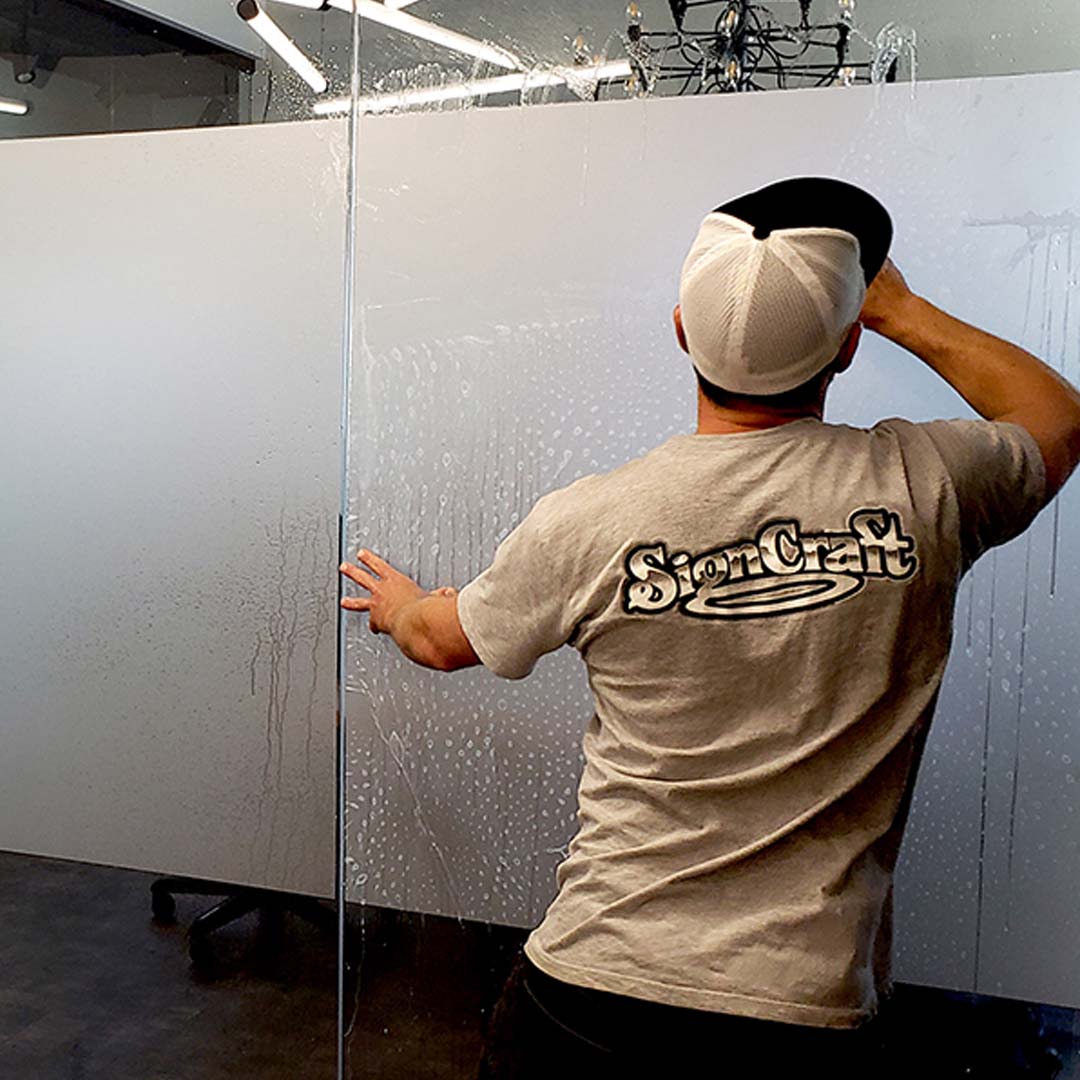Colour plays an impactful role in the way that we feel. Different colours have been known to bring out different emotions in people. There have even been studies that have concluded that colour impacts our apparent taste of food. So, it should come as no surprise that colour is an important thing to consider when designing your own Kelowna sign.
Marketers have long been using colour to alter the public’s perception of a brand. Take Coca-Cola for example: imagine if you woke up one day the packaging was orange instead of red. It simply wouldn’t fit their brand. Coca-Cola uses bold red to command the attention of its consumers and evoke emotions of excitement and urgency! However, this is only one example of a brand that uses the psychology of colour.
In this article, we will be delving into the importance of colour to your signage. And, providing some insight on how to choose the best colour for your brand. Follow along below to learn more!
Why is Colour Psychology Important to Kelowna Sign Design?
Colour psychology is an incredibly important part of design. This area of colour theory has to do with the emotions and connotations that are related to a particular colour. Whether you are creating a logo, decorating an interior, or building a sign. The colours that you choose for your design are guaranteed to have an impact on your consumers. Therefore, it is crucial that you choose a colour palette that matches your company’s brand.
A colour palette can determine whether the public associates you with sophistication, relaxation, a good time, or even wealth—among other qualities. Your signage colours will help to convey these messages intuitively. In other words, the colours you choose will influence a person’s gut feeling about your brand. This is a great way to sway your target audience before they’ve done any business with you.
Common Colour Associations to Consider When Creating Your Kelowna Sign
There are numerous different colour associations that psychologists have studied. However, it is important to note that colour psychology is not an exact science. While we have a good understanding of how colour affects the majority of our population, there remain some nuances. For instance, the meaning of a colour can change drastically depending on our respective subject positions and experiences.
Thus, the meaning of a colour may be different for people from different cultural backgrounds. For instance, a hue that is happy in one country may be depressing in another. Furthermore, the connotation surrounding a particular colour can change depending on how a person views a specific hue. For example, if a person has negative experiences associated with the colour yellow, they are likely not going to have a positive reaction when interacting with that hue.
So, with that in mind, let’s take a look at some of the common colour associations in the Western world. 
The Meaning Behind the Colours of the Rainbow
- Red
Red is commonly associated with strong emotions. For instance, power, excitement, love, passion, anger, danger, and energy.
- Orange
Orange is a vibrant colour that has commonly been connected to energy. Many people use orange when representing change, movement, health and friendliness.
- Yellow
Yellow is a very bright colour that exudes happiness to most individuals. This connection is usually made because yellow reminds people of the sun. However, yellow can also be associated with danger. Designers choose yellow when they want to convey a sense of happiness, cheerfulness or tranquillity.
- Green
Typically, people correlate the colour green with the earth and nature. Although, it can also signify renewal, harmony, balance, calmness, stability, energy, and affluence.
- Blue
The meaning of the colour blue often changes with its shade and hue. One common association with the colour blue is sadness, but it can also represent calmness. Another prevalent use of blue is in corporate settings to provide a sense of responsibility and order.
- Purple
In the past, the colour purple was difficult to find and expensive to create. This meant that it was often used by royals, which has influenced today’s perception of the colour. In modern times, purple is linked with royalty, luxury, opulence, romance, and spring.
- Brown
Brown is often associated with the earth, ground, and neutrality. Designers gravitate towards brown when they want to evoke a sense of dependability, wholesomeness, reliability and/or earthiness.
- Black
Black is a powerful shade that comes with an assortment of meanings. Among other things, it is most usually associated with power, elegance, formality, death, mystery and sophistication.
- White
The last on our list is white. Similar to black, this neutral shade will complement any colour in your palette. White typically evokes a sense of purity, cleanliness, virtue, or health.
Contact us Today!
When you are designing your Kelowna sign be sure to think about what you want your sign to say about your business. For more information about the psychology of colour, contact a professional at SignCraft. We would be happy to help you design a Kelowna sign that makes your business stand out from the local competition. Feel free to reach out to us for more info about all things signs. Be sure to check out our social media and stay tuned to our blog for the latest updates and more. We look forward to working with you in the near future!






